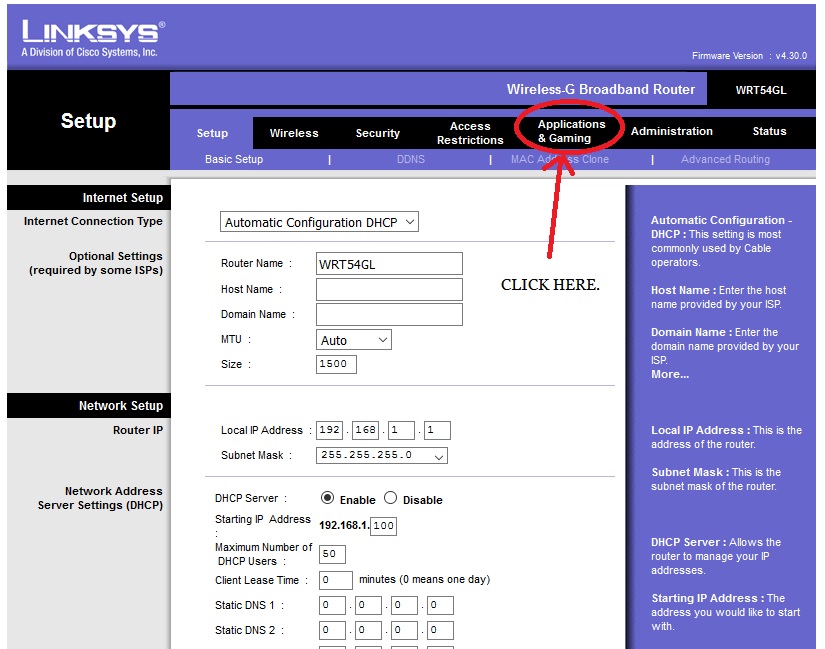
These cameras have a public Internet address, and this is an excellent way to connect your camera if it does not support VPN technology. Some IP cameras come with a built-in UPnP or NAT-PMP router, so you don’t need any port forwarding configuration on the router. The third method is a much easier way but may not be available with all cameras. The two downsides are that it usually requires port forwarding rules to be set up on your router, which can be a hassle, and you need to find a public Internet address for your camera. The second method is popular because it allows access to your camera from anywhere in the world. It also only works when you are in the range of that router. The first method is simple, but it only works if the computer you monitor is connected to the local router. Access the video stream over the Internet using port forwarding. Connect the wifi CCTV camera to your router, then access it via browser from any computer connected to that network.

There are three main ways to connect an IP camera to your computer:
Port forwarding ip cam for android#
IP camera for android is top-rated for their powerful features enabling remote monitoring. UPnP is supported by most modern routers (with support back to at least the Linksys WRT54G). You need to check with your ISP/WLAN provider if they support UPnP (i.e., automatic setting of port forwarding) or if you have to configure it yourself.įor security reasons, it is highly recommended not to enable this feature unless you need it!Īttackers can easily map your external ports and access your internal network. Saving these values in your router is called setting up “port forwarding”. It can be done by static mapping or dynamic mapping: The router needs to know where to forward a specific port. This configuration of routers and firewalls allows internal machines to participate in email transactions with the outside world, participate in FTP sessions, and generally use Internet services. The forwarded port can make an internal network resource available for use through the firewall, appearing as if it were accessible via an external link when in reality, it’s not.

It also enables ports at the internal end, typically blocked by a firewall or router policy. Its purpose is to allow Internet-based applications running on the internal network to act as if they are running directly on the Internet. Port forwarding or port mapping is a station task that allows external access to services on a specific machine (the “forwarding host”) from remote hosts (the “remote users”). Alternative to port forwarding IP camera:.


 0 kommentar(er)
0 kommentar(er)
